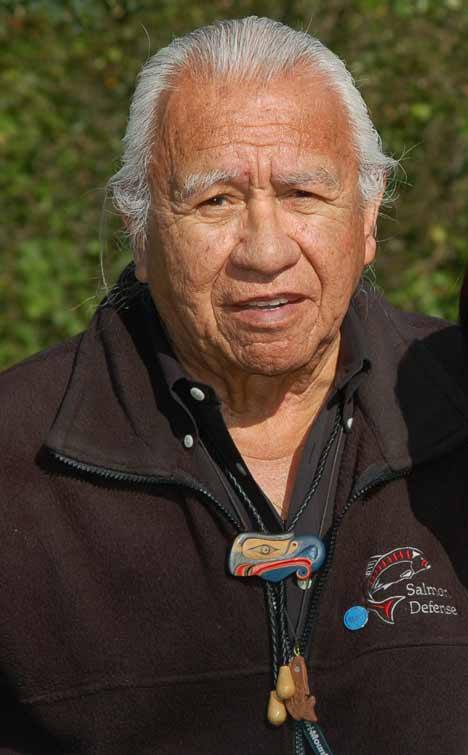We know that protecting and restoring habitat are the keys to wild salmon recovery. But how are we really doing on that front?
Puget Sound chinook and steelhead, Hood Canal summer chum and Lake Ozette sockeye are listed as “threatened” under the federal Endangered Species Act (ESA). Meanwhile, our culture, treaty rights and way of life – everything that makes us Indian people – are disappearing a little every day, just like the salmon.
We know that we can’t count on the ESA to protect us, our treaty rights and the natural resources that we depend on. And we know that salmon recovery begins and ends with habitat.
That’s why this year, the 20 treaty Indian tribes in western Washington are beginning a project to help gauge just how we’re doing when it comes to habitat protection and restoration.
In 2004 and 2005, the joint tribal/state Salmon and Steelhead Habitat Inventory and Assessment Program produced the State of Our Watersheds, reports that captured the status of salmon stocks and habitat in western Washington. What the reports didn’t tell us were the results of the natural resources management decisions being made.
We’re looking to change that through a new effort that will track key indicators identified by tribes to find out the impacts of our protection and restoration efforts regionwide.
Are threats such as development and water withdrawals being balanced by responses through the federal Clean Water Act, state stormwater rules and other laws? Are these responses leading to salmon recovery? Are the restrictions imposed on harvest balanced by restrictions on habitat loss and degradation?
We will focus on fish, harvest, water quality/quantity and land-use rules. The first phase of the effort to begin this year will focus on the Skokomish, Quinault and Snohomish river systems.
We know that we can’t wait for the ESA to save the salmon or us. We may not like what we find, but we have to have the courage to look for ourselves to see how we are doing at recovering habitat.
— Billy Frank Jr., Nisqually, is chairman of the Northwest Indian Fisheries Commission. Commission members with ties to the San Juan Islands include the Lummi Indian Nation, Swinomish Indian Tribal Community, and the Tulalip Tribes.




